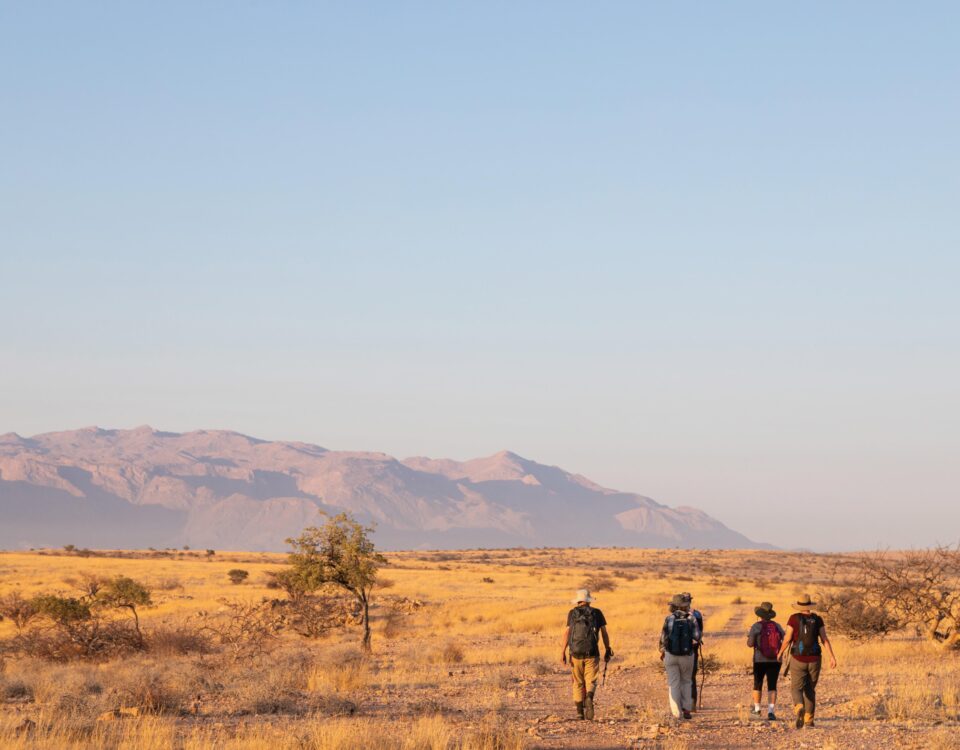Rock climbing in Namibia
August 20, 2013Remarkable journey of the rebel desert lion
August 20, 2013More than 120 caves have been registered in Namibia, the various environments providing plenty of adrenaline-inducing and educative experiences. The longest and only ‘tourist’ (because of on-site facilities) cave in Namibia is Arnhem Cave, with slightly over 4 800 metres total passage length and intersect groundwater.
At one time the cave contained massive deposits of bat guano that were extracted on a large scale. The cave is very dusty and dry, with almost no secondary cave formations. Visitors are allowed only torches or cave lamps to negotiate Arnhem’s large chambers and winding passages. The lack of development causes minimal disturbance of the extensive and diverse bat population, which also ensures the conservation of several unique invertebrate species. Six species of bats have been recorded at Arnhem, including the giant leaf-nosed bat. Overnight accommodation is available at the site.
A national monument and the third largest in Namibia, the Ghaub Cave in the Otavi Mountains, can be visited on the Ghaub Guest Farm, from where tours are organised with a designated guide, miner’s lamp and safety helmet. The Gaub Cave is 38 metres in depth and has 2.5 km of chambers and passageways. Petrified waterfalls, organ-pipe rock formations, rock curtains and interesting crystal growths are features to be seen.
Dragon’s Breath, near Tsumeb, is another well-known cave, hosting the world’s largest underground lake. Cave diving can be done here, but only by professional and well-equipped cavers.
Another well-visited cave of a totally different nature is Phillip’s Cave in the Erongo Mountains north of Karibib. Containing a famous rock painting of a white elephant and many others, it is surrounded by an evocative rock formation, called Bull’s Party due to its semblance to a group of conferring bovines.
Permission from the landowners is required to visit other caves in Namibia, with visits to certain caves requiring official permits. Visitors are recommended to wear industrial dust masks when visiting caves with thick deposits of dry bat guano. Since bats are of great ecological importance, visitors are asked not to disturb them, particularly during the wet season (January–April) when bats are breeding.
Thus far cave disease (histoplasmosis) has not been recorded in any Namibian caves. Prospective visitors, particularly if they come from countries with histoplasmosis, or visit Namibia after caving in such countries, are therefore requested to ensure that all their equipment is sanitised before entering Namibia. Such simple precautions may keep Namibian caves uninfected and safe for casual visitors.
A note of caution: These natural formations are fascinating to explore, but lesser known caves and craters are mostly in remote areas, unmarked and not signposted, and have no protective fences around them. Be careful!
To view a cave register, consult:



1 Comment
Greetings from Colorado! I’m bored at work so I decided to check out your website on my iphone during lunch break.
I enjoy the knowledge you provide here and can’t wait to take a
look when I get home. I’m surprised at how quick your blog loaded
on my mobile .. I’m not even using WIFI, just 3G ..
Anyways, great blog!